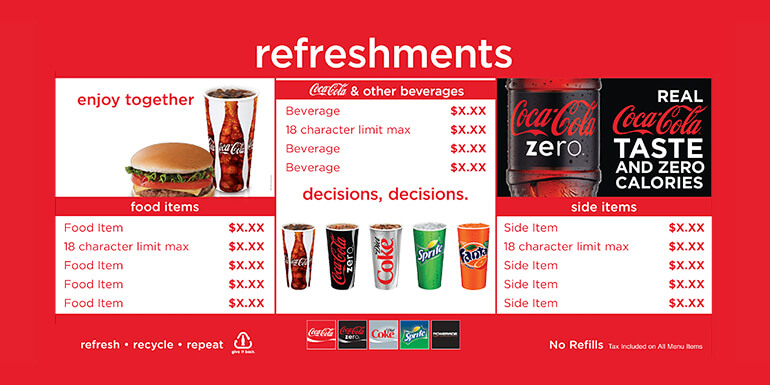
Digital Merchandising Maximizes Micro Daypart Sales
Make the most of a digital daypart strategy

By Bill Clapes, managing partner, DEEL! Media
It's a fact, the more promotional messages directly target consumers' interests, the more likely they are to take desired actions. That is why marketers strive to understand as much as possible about their customers and prospects. Yet, it's important to go beyond demographics and consider other factors such as restaurant location, product mix and customer profiles tied to dayparts.
For example, if a quick-service restaurant is located a half mile from a high school and class let's out at 3:00 in the afternoon, there's a good chance that 15 minutes later the median age of those visiting the dining establishment will drop and remain that way for an hour or more. Although these students may not be interested in a full meal, they will purchase snacks and side dishes, as well as shakes, smoothies and soft drinks. To maximize sales and earn repeat business, the menu, pricing, crew and messaging all have to speak to these consumers' micro daypart needs.
In a traditional print/ship/hang POP environment, the merchandising strategy commonly addresses two major dayparts: breakfast and "rest-of-day." To this end, retail display fabricators have devised ingenious ways to slide, flip and twist a portion of the menu board or merchandising poster case. Often after the morning's breakfast cycle is completed, an employee simply changes the menu to hide items that are no longer being offered. And, that's usually the extent of menu and messaging customization in response to dayparts due to the limitations of most retail display board hardware.
A more aggressive, manageable and scalable daypart merchandising strategy can be achieved using digital solutions that allow restaurant operators to schedule content presentation based on the day of the week, as well as the time of day. This enables the menu or merchandiser messaging to automatically change without intervention from busy restaurant employees. The digital content can easily be customized to showcase food and beverages likely to be of most interest to consumers visiting a specific location and during a particular daypart.
An effective digital daypart merchandising strategy
To develop an effective digital daypart merchandising strategy:
- Know your area
Understand local demographics, traffic patterns and special situations. - Know your customers
Learn which products are of most interest to your different consumer sets. - Know your days of the week
Track visitation patterns, observing if they differ from Monday to Friday, as well as what happens on the weekends. - Know your dayparts
Identify different consumer sets that visit your location and understand why they choose your restaurant. Also, track activity during five or six micro dayparts and patterns you detect each day of the week. - Develop a menu mix by daypart
Create a product mix that highlights food and beverages matched with consumer preferences and dayparts.
By implementing a digital merchandising strategy that's driven by micro dayparts, you'll add traffic, sales and profits.
Bio:
Bill Clapes is managing partner of DEEL! Media, a turnkey digital merchandising solution provider focused on helping brands improve merchandising and consumer action at the point of purchase. DEEL! specializes in creating compelling digital presentations and animated content for foodservice venues. For more information, visit www.deelmedia.com or call 770-619-1225.
Disclaimer: The article’s author provided these tips as thought-starters. You may wish to consult an attorney for legal guidance before implementing marketing efforts.
Read Related Stories:
Create Cool In-Store Merchandising with Design Machine
Boost your Coca-Cola Merchandising Game
Menu Boards Drive Bundled Meal Volume